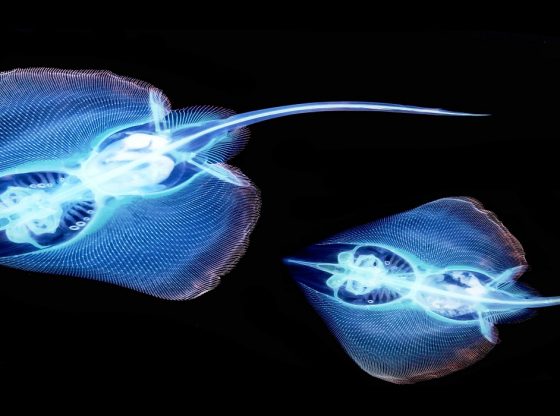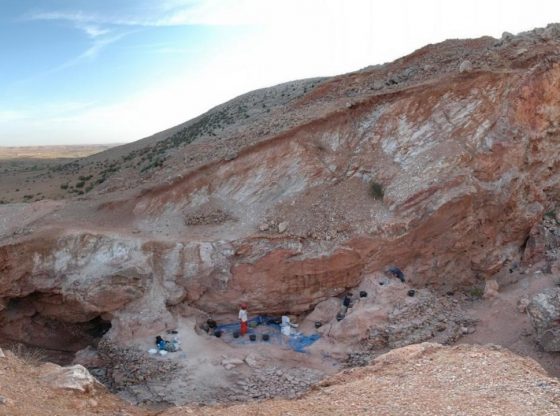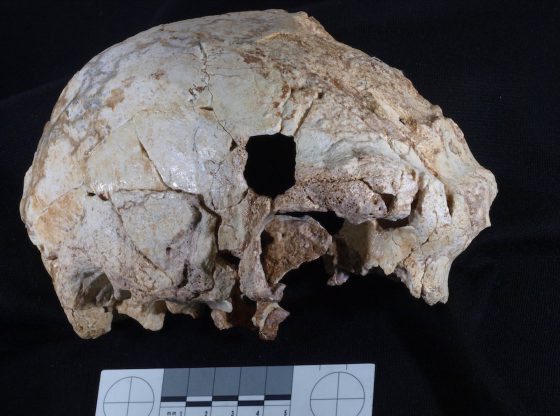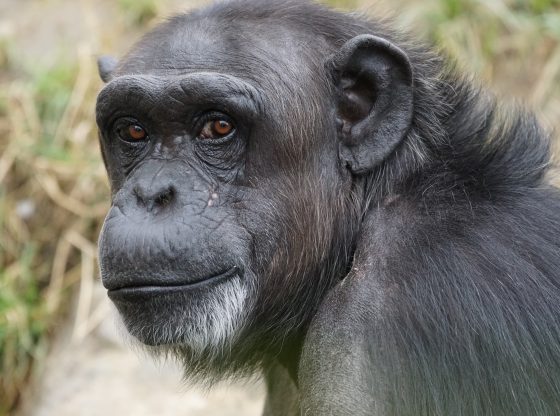A mandible jawbone moves the human origin to Europe according to a new controversial theory.

The first people came from Europe and not Africa. This is the conclusion from a group of German researchers who have investigated a set of 7.2 million years old teeth.
The 7.2 million years old teeth could pull the rug out under the prevalent theory of human evolution and origins to question whether we really are from Africa.
A team of German researchers has just analyzed a fossilized jaw bone found in Greece, and a molar tooth found in Bulgaria. Both from the primate ‘Graecopithecus’.
The Graecopithecus specimen mandible was found in 1944 with a third molar that is very worn, the root of a second molar, and a fragment of a premolar. It was found at a site called Pyrgos Vassilissis northwest of Athen and dated from the late Miocene.
Graecopithecus was previously perceived as a monkey by researchers around the world. However, thanks to new computer tomography and 3D reconstructions the researchers are able to a detailed morphology of the teeth.
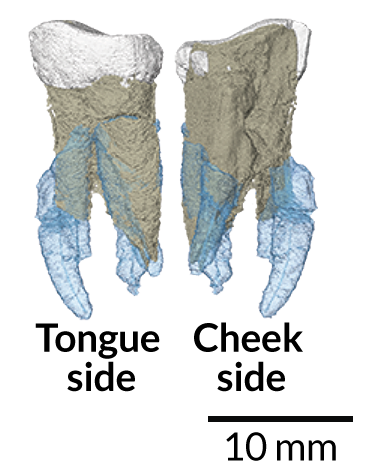
Human ancestor
The resulting data makes the researchers to now consider Graecopithecus to belong to the homo genus – an early human being – sharing ancestry with Homo rather than with Chimpanzees.
A specific tooth, above all, reveals this relationship, they explain. One of the lower molars shows evidence that the tooth roots are partially connected – a feature that is characteristic of humans and not monkeys.
If Graecopithecus is a human ancestor, it may be a sign that our ancestors were already in Europe when they first homo saw the light of the day in Africa. It would call into question the prevailing belief that pre-human hominids originated in Africa.
Homo is the genus that comprises the species Homo sapiens and species classified as ancestral to or closely related to modern humans. The genus is thought to be between 2 and 3 million years old, taken to emerge with the appearance of Homo habilis. Homo sapiens sapiens, anatomically modern humans, emerged about 200,000 years ago (0.2 Ma).
Before we begin rewriting human history, however, there are good reasons to take the new study with a pinch of salt. Several researchers point out that the teeth are not enough to assert that the primate is a relative of ours.
Greek savannah
A parallel study by another team demonstrates that the North African Sahara desert originated more than seven million years ago. A conclusion based on geological analyses of the sediments in which the two fossils of Graecopithecus were found.
The team believes that evolution of hominids may have been driven by dramatic environmental changes which sparked the formation of the North African Sahara more than seven million years ago and pushed species further North, replacing the local fauna.
The emerging Saharan and Arabian desert belt thereby possibly acted as a vicariant agent. Our conclusions support views that major Miocene hominid radiations occurred outside Africa and endorse the hypothesis that the hominin clade arose in the Eastern Mediterranean.
The findings are described in two studies published in PLOS ONE titled “Potential hominin affinities of Graecopithecus from the late Miocene of Europe” and “Messinian age and savannah environment of the possible hominin Graecopithecus from Europe.”
Reference:
Jochen Fuss, Nikolai Spassov, David R. Begun, Madelaine Böhme Potential hominin affinities of Graecopithecus from the Late Miocene of Europ Published: May 22, 2017https://doi.org/10.1371/journal.pone.0177127
Madelaine Böhme, Nikolai Spassov, Martin Ebner, Denis Geraads et al. Messinian age and savannah environment of the possible hominin Graecopithecus from Europe Published: May 22, 2017https://doi.org/10.1371/journal.pone.0177347



